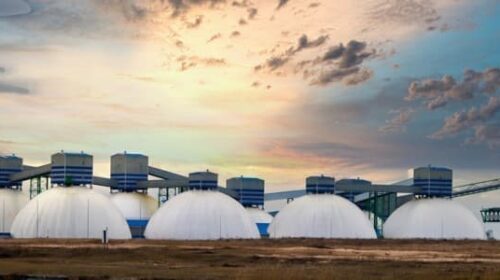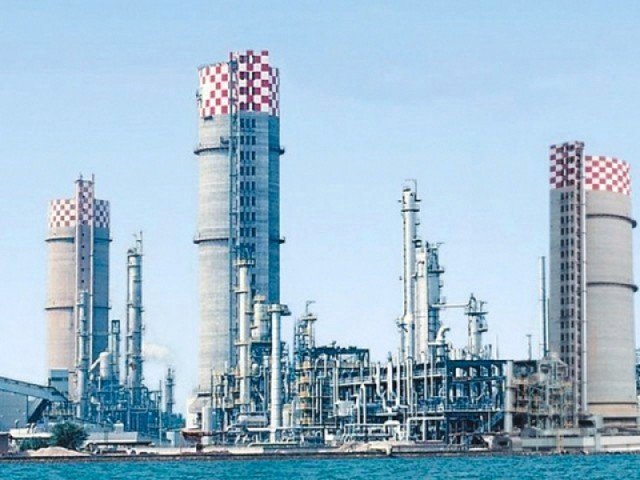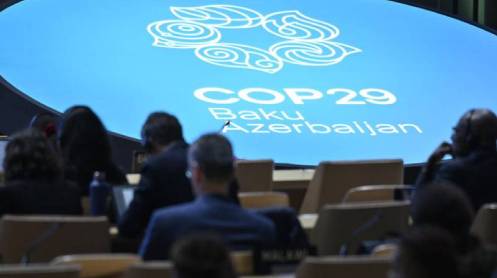The International Energy Agency (IEA) and other regional bodies have repeatedly stated the importance of natural gas in supporting a transition away from fossil fuels to renewable alternatives. It is viewed as a less dirty energy source than others, particularly coal, leading many to acknowledge the need to maintain natural gas production to meet global energy demand. As Europe and North America search for other regions to fill the gap created by introducing sanctions on Russia, several countries across Africa could play an integral role in supplying the region and world with much-needed natural gas.
At present, the Middle East and North Africa (MENA) region provides around 50 percent of oil exports and 15 percent of natural gas exports globally. Oil and gas provide most of the region’s electricity, around 95 percent.
Beyond the MENA region, the African continent has significant natural gas reserves, as half the countries in the region have proven gas resources, totaling around 800 trillion cubic feet (Tcf). Gas production in Africa is expected to increase by around 80 percent by 2035, according to BP. This will significantly boost economies across the region, provide new skilled jobs, and help to expand the middle-class population across several countries.
The top ten natural gas reserves in the continent are located in Nigeria, with just almost 207 Tcf, Algeria – 159 Tcf, Senegal – 120 Tcf, Mozambique – 100 Tcf, Egypt, 77 Tcf, Tanzania – 57.5 Tcf, Libya – 53 Tcf, Angola -13.5 Tcf, Congo – 10 Tcf, and Equitorial Guinea – 5 Tcf. However, there is great potential for further exploration and more natural gas discoveries across the largely underexplored region.
Nigeria is the 12th largest petroleum producer in the world and already has a well-established oil and gas sector, overseen by the Department of Petroleum Resources. Oil contributes around 7.5 percent to the country’s GDP, with an average oil production of 1.42 million bpd in May. Extensive exploration of the country’s oil regions has supported the development of the natural gas industry, allowing for a better understanding of the country’s reserves. The Nigerian Liquefied Natural Gas (LNG) Company, established in 1989 is the main national producer of Liquefied Natural Gas (LNG) and Natural Gas Liquids (NGLs).
In contrast, there are several new players in the African oil and gas market. Numerous discoveries between 2014 and 2017 in Senegal have put it on the path to becoming a major oil and gas producer over the next few years. By the end of 2021, Senegal had proven reserves of 1 billion barrels of oil. The offshore flagship Greater Tortue Ahmeyim (GTA) LNG gas project is the deepest offshore development in progress in sub-Saharan Africa, with estimated natural gas reserves of 566 billion cubic meters of gas. Senegal expects large-scale commercial production from the project to commence in 2023, which will play an important role in the region’s energy security.
In an unexpected move, the ex-UN climate envoy, Mary Robinson, is advocating for the African region to develop its natural gas resources to support the continent’s energy security. Despite the need to cut global greenhouse gas emissions, Robinson encourages the use of natural gas in Africa to meet the growing energy demand. She explains, “Africa is trying to get its voice out about its needs for just, equitable energy, and of course, that implies some use of gas as a just transition.”
She highlighted the 600 million people in Africa living without electricity, as well as 900 million using biomass and dirty oil cooking stoves, going on to say, “There has to be a certain leeway to tackle the energy poverty in Africa, and give Africa a faster capability to move.” However, she made it clear – ahead of COP27 – that this case is not the same for developed economies, which should be transitioning away from fossil fuels to renewable alternatives.
While Europe is ramping up its investment in renewable energy developments, it has become clear how dependent the region still is on natural gas to meet its energy needs. Sanctions on Russian gas have led Europe to turn to Africa, and other regions, to fill the gap. While it is vital that countries across Europe invest heavily in renewable energy projects to meet carbon-cutting targets by the end of the decade, in the short term it is likely that the region’s reliance on LNG will continue, offering several African countries the opportunity to profit from this demand.
The IEA highlights several ways in which the Middle East and the African region could make industrial practices more efficient to free up a significant proportion of its natural gas output for export. Approximately one-fifth of the MENA region’s gas is used in low-efficiency gas-fired power plants with an average efficiency of between 30 and 35 percent. However, switching to combined-cycle gas power plants, with around 50 percent efficiency, would allow for a decrease of around 50 billion cubic meters in gas use for the same electricity production.
Alternatively, most MENA countries could switch to renewable energy sources for much of their electricity production, allowing for greater levels of natural gas exports and revenues. This would support the region’s energy transition. But to achieve this, it will require a significant investment from the countries which are imposing sanctions on Russian gas and shifting their reliance to other regions of the world. International companies could contribute significantly to the improvement in the efficiency of the MENA region’s natural gas industry, as well as to the development of a sustainable renewable energy sector.





